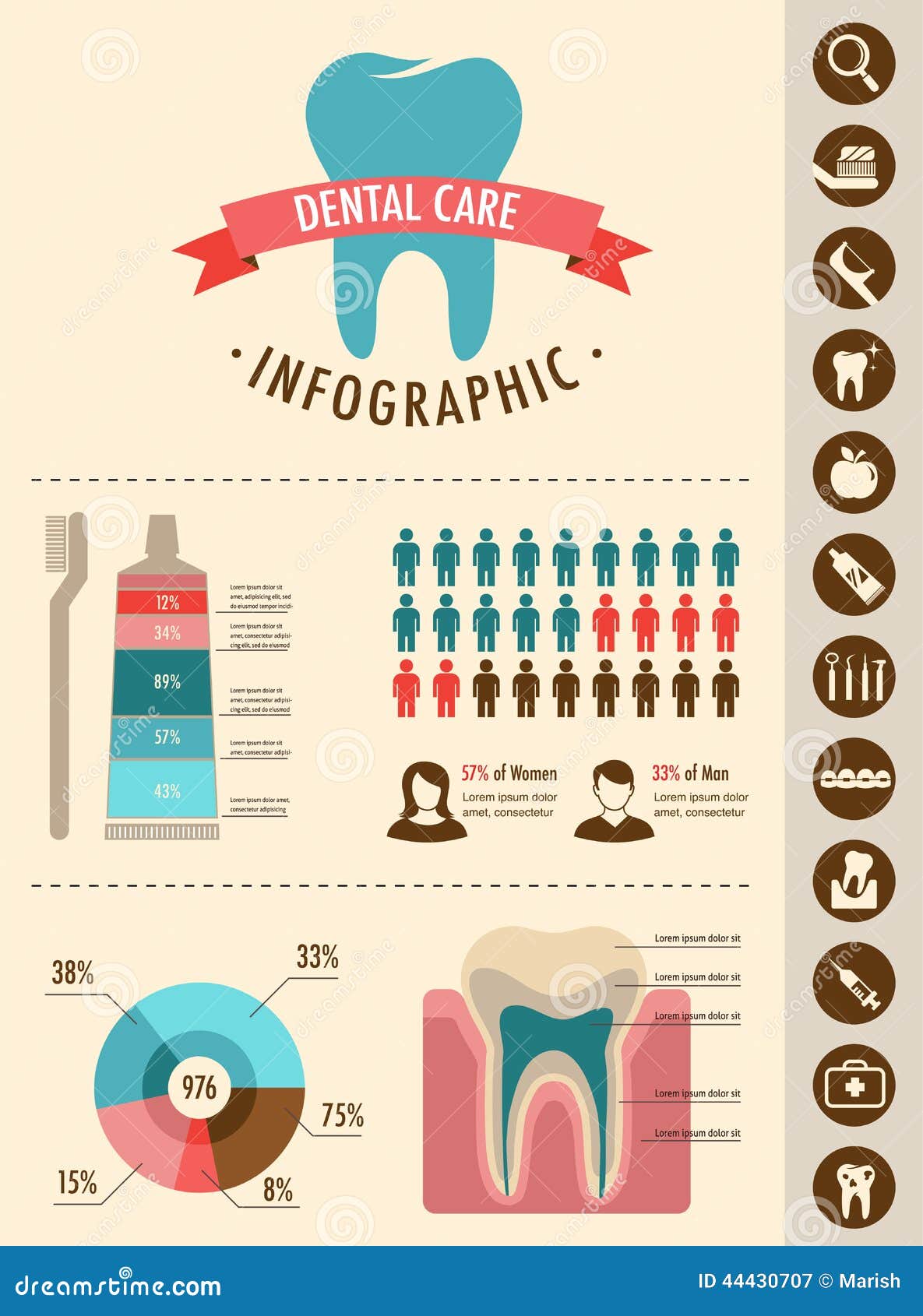Check Out The Advanced Developments That Are Changing Dental Surgery. Discover What The Future Holds For This Field And Maintain On Your Own Educated. Click Now For A Special Sight Of Upcoming Advancements
Check Out The Advanced Developments That Are Changing Dental Surgery. Discover What The Future Holds For This Field And Maintain On Your Own Educated. Click Now For A Special Sight Of Upcoming Advancements
Blog Article
Article By-Reeves Terrell
Invite to the world of dental surgery, where technologies and advances are shaping the future of the field! In this exciting world, you'll witness the transformative power of robotics, the advanced wonder of 3D printing, and the game-changing influence of minimally invasive methods.
The future of oral surgery holds a pledge of precision, performance, and boosted patient outcomes. With the help of advanced robotics, doctors are able to carry out complicated treatments with greater precision and control.
3D printing modern technology is revolutionizing the production of oral implants and prosthetics, providing customized remedies that fit perfectly into each client's distinct anatomy.
Additionally, minimally https://www.healthline.com/health/chewing-gum-with-braces are lowering post-operative pain and healing time, permitting people to go back to their every day lives quicker.
Prepare to explore the amazing developments and developments that are improving the landscape of oral surgery!
Improvements in Robotics
One major improvement in oral surgery is using robot modern technology, which enables precise and reliable procedures. With country dentistry of robotic systems, oral specialists have the ability to perform intricate surgical procedures with boosted precision, lessening the threat of human mistake.
These robotic systems are geared up with sophisticated imaging modern technology and accurate instruments that allow doctors to browse through complex anatomical frameworks effortlessly. By using robot innovation, doctors can achieve higher medical precision, causing improved patient outcomes and faster recuperation times.
Additionally, using cosmetic dental implants in oral surgery permits minimally intrusive procedures, lowering the injury to bordering tissues and promoting faster healing.
3D Printing in Dental Surgery
To boost the area of dental surgery, you can discover the subtopic of 3D printing in dental surgery. This innovative technology has the potential to transform the means oral specialists run and deal with patients. Here are four crucial ways in which 3D printing is forming the field:
- ** Custom-made Surgical Guides **: 3D printing allows for the creation of extremely accurate and patient-specific medical guides, enhancing the precision and performance of treatments.
- ** Implant Prosthetics **: With 3D printing, oral specialists can create customized implant prosthetics that flawlessly fit a patient's one-of-a-kind composition, leading to better outcomes and individual fulfillment.
- ** Bone Grafting **: 3D printing allows the production of patient-specific bone grafts, lowering the need for conventional grafting techniques and enhancing healing and recovery time.
- ** Education and Educating **: 3D printing can be used to produce practical medical versions for educational purposes, allowing dental surgeons to practice intricate treatments before performing them on individuals.
With its prospective to enhance precision, customization, and training, 3D printing is an exciting development in the field of dental surgery.
Minimally Intrusive Strategies
To further advance the field of oral surgery, accept the possibility of minimally intrusive techniques that can substantially benefit both doctors and people alike.
Minimally invasive strategies are revolutionizing the area by decreasing medical injury, minimizing post-operative discomfort, and speeding up the healing process. These techniques involve using smaller sized incisions and specialized instruments to execute treatments with precision and efficiency.
By utilizing sophisticated imaging technology, such as cone light beam computed tomography (CBCT), surgeons can accurately prepare and perform surgeries with very little invasiveness.
In addition, using lasers in dental surgery permits precise tissue cutting and coagulation, causing decreased bleeding and decreased healing time.
With minimally invasive methods, individuals can experience quicker recuperation, minimized scarring, and boosted end results, making it an important facet of the future of oral surgery.
Conclusion
So, as you can see, the future of dental surgery is incredibly encouraging, with amazing innovations and advancements shaping the area.
From the innovations in robotics to the use of 3D printing and minimally intrusive techniques, oral doctors are changing the method they offer care.
While some may bother with the prospective price associated with these innovations, it is necessary to keep in mind that these innovations eventually boost client end results and reduce healing time, making them well worth the financial investment in the long run.
